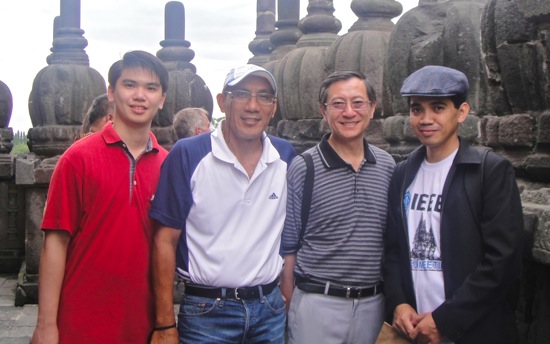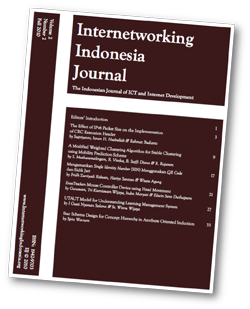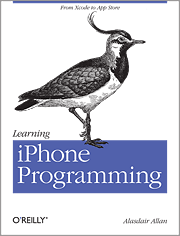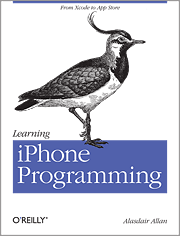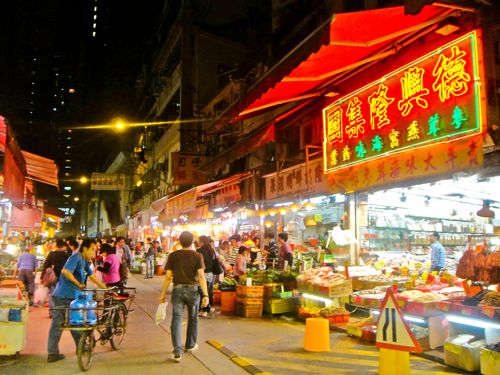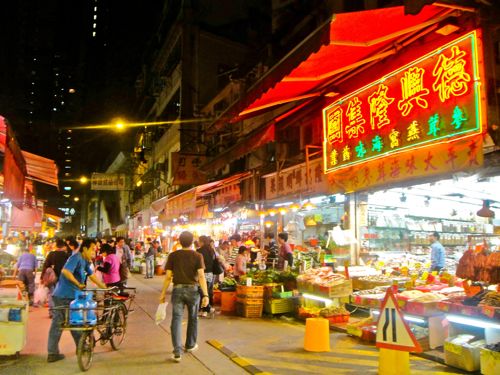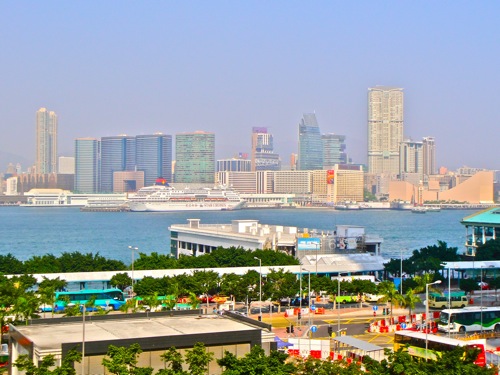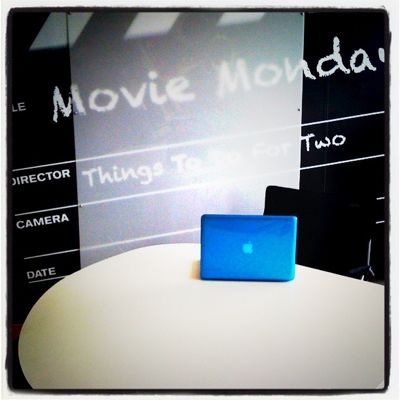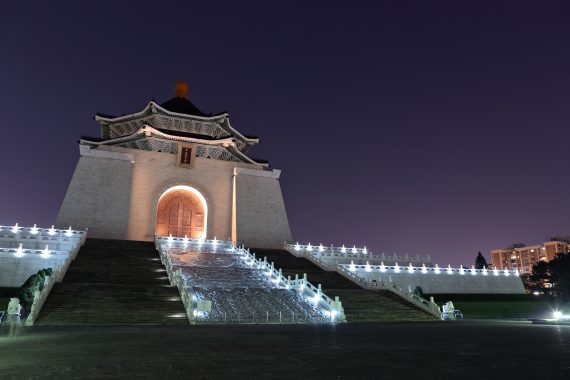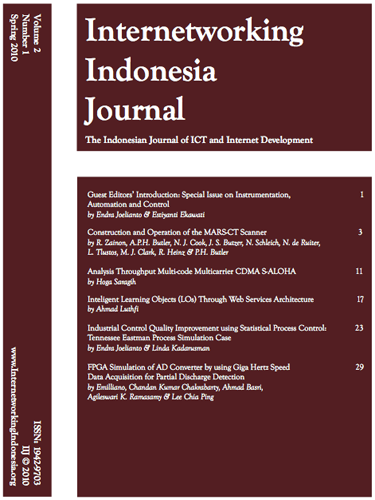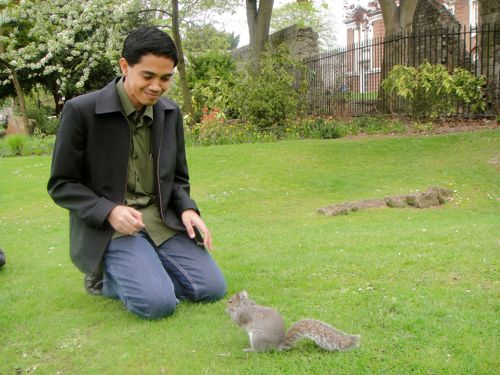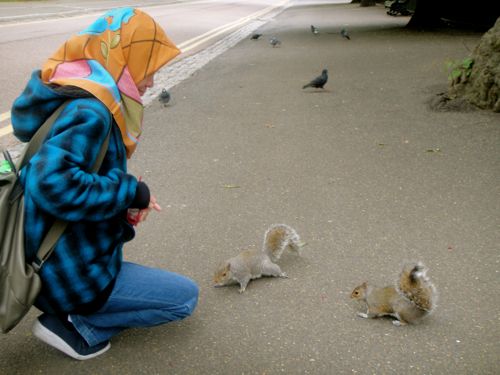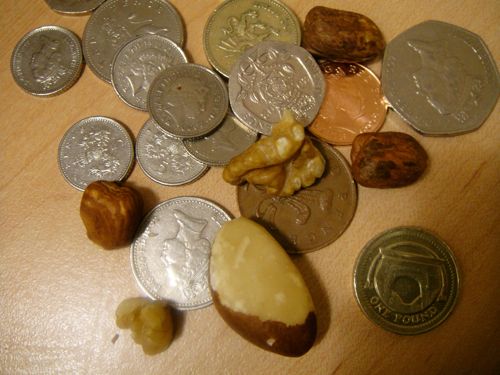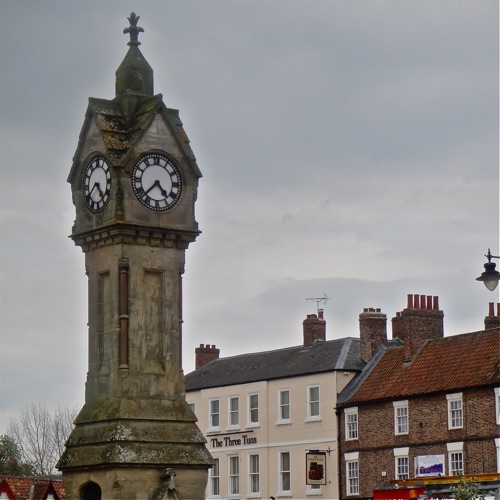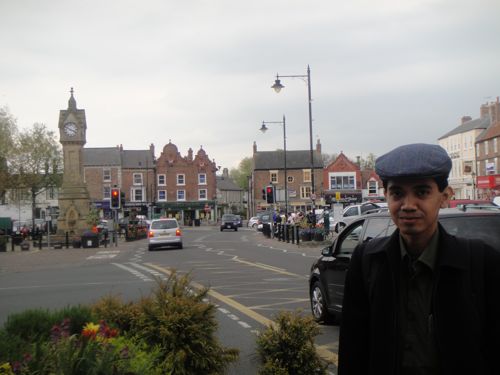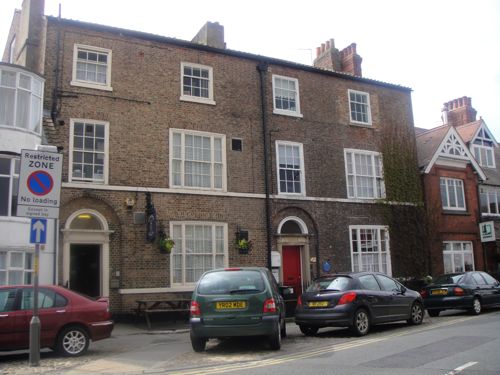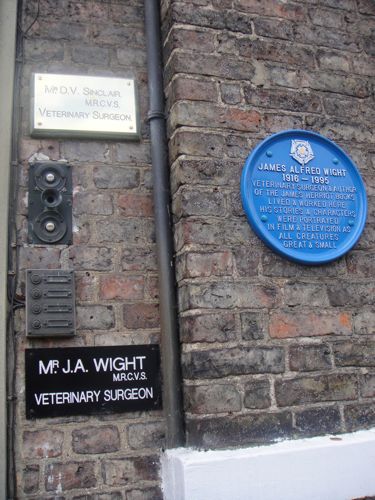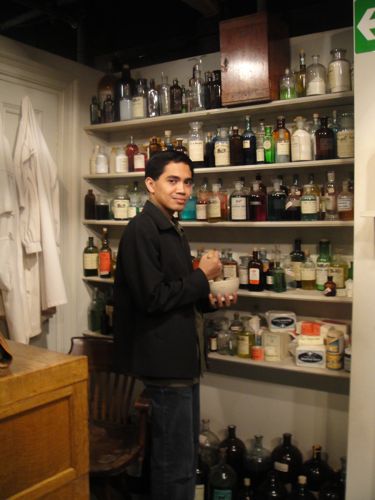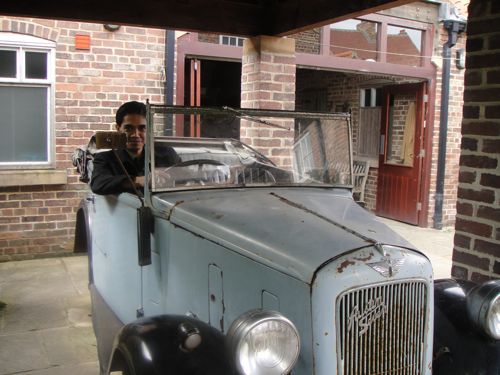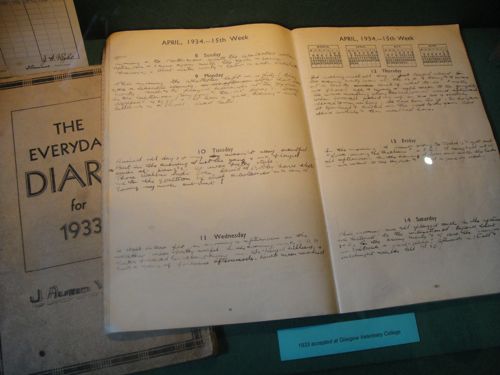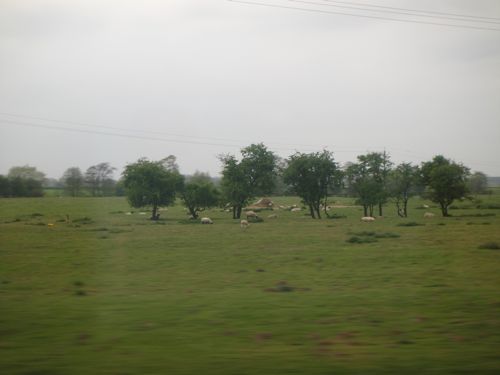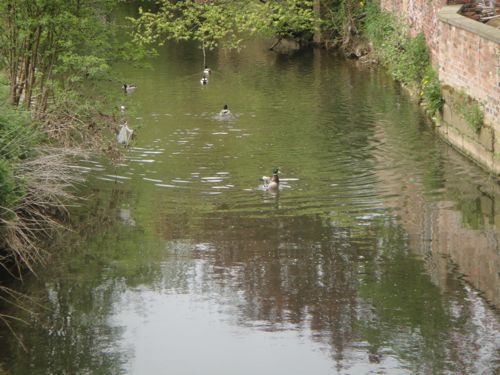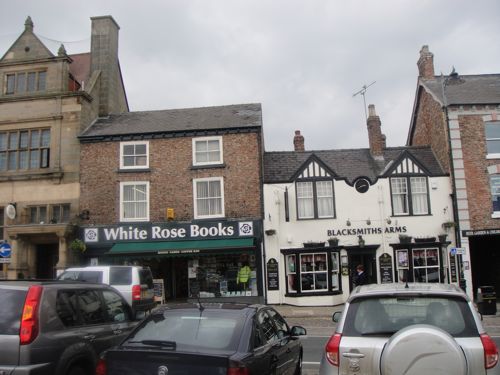Apparently, our campaign last year (in Lapu-Lapu City, Philippines) in proposing Yogyakarta as the host of IEEE Region 10 Annual General Meeting this year, had been a success. So, last week (March 5th – 6th), Indonesia hosted the Region 10 AGM, with a venue in Sheraton Hotel, Yogyakarta, only some kilometres from the peak of Mt Merapi, that suddenly flew the hot lava those days :).
This annual meeting presented the President-Elect of the IEEE, Gordon Day; Director of Region 10, Lawrence Wong; the leaders of divisions, councils, sections, and chapters, and other representatives from almost all countries in Asia Pacific, including Indonesia. Indonesia representatives were led by IEEE Indonesia Section Chair, Muhammad Ary Murti. I myself represented the IEEE Comsoc Indonesia Chapter.
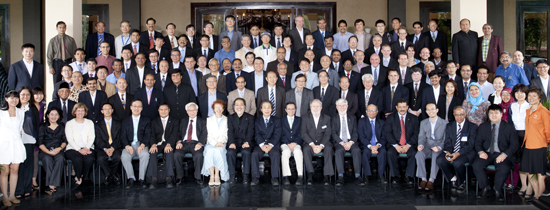
The meeting was held in accordance with Robert’s Rules of Order, which is widely used in the parliaments of many countries. Chairman Lawrence Wong commenced the meeting with a Call to Order, followed by Roll Call and some reports. Was interesting to see that the sequence of these activities can be done on time by the minute. Regardless of their position, all presenters could give only a 5-10 minute presentation. In his report, Gordon Day recalled the transformation that is still continuing within the IEEE. Expanding from the world of electrical engineering, IEEE now includes the fields of aeronautical, biomedical, electrical, electronic, computer, information technology, mathematics, physics, telecommunication, automotive and biological engineering. The number of members has reached 407 thousand. However, this number is only less than 10% of the engineers working in the fields of the IEEE. In the US, only 7.5% engineers in these fields are members of the IEEE. In Indonesia, only 0.5%.
Using a new tagline advancing technology for humanity, the approaches taken by IEEE are to strengthen the organisation to serve the new generations of engineers, particularly in new fields that will further improve the human life. IEEE is also directed to become more global, embracing the technological widespread throughout the world, and enhance its role and leadership. Economic, social, and cultural changes that are happening more quickly at this moment motivate the organisation to strategically improve the use of technology to support a better human life, individually and socially. The engineers must always be reminded that they still have a professional responsibility to support better life in the following centuries. Lawrence Wong continued by showing the uniqueness of the Asia Pacific region: this is the region with the largest number of members in the IEEE, and with the highest growth, especially among students and young engineers. This reflects the characteristics of this region which is the world’s most dynamic area of technology. What to do in this region is to increase the synergy between regions, especially with the Internet.
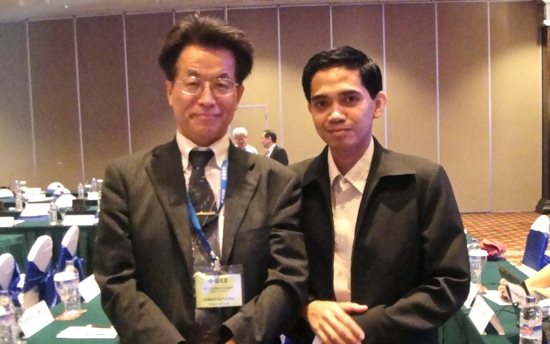
VP of MGA Howard E. Michel detailed that rather than taking care of membership, the IEEE will put more focus on its members: how to Inspire, Enable, Empower and Engage the members of the IEEE. One example is to use the IEEE Center for Leadership Excellence (CLE) to build members’ leadership. VP of Educational Activities Tariq Durrani explained several initiatives to develop engineering education before the university stage, for example with TISP, TryNano, TryEngineering, as well as other approaches such as accreditation, certification, WiE (women in engineering), etc. The meeting also discussed the report TENCON 2010 in Fukuoka, TENCON 2011 that will be held this year in Sanur (presented by TENCON 2011 Chairman Dr Wahidin Wahab), and TENCON 2012 plan in Cebu. And … hmm … many many more :).

The participants, which reached around 150 people, were also invited to visit Prambanan Temple and Yogyakarta Sultan’s Palace (Kraton), to understand deeper the local culture. Dinner was also served in the Sultan’s Palace. In addition, some participants independently took visits to other interesting places, such as Borobudur Temple, and Malioboro Street. Yogyakarta was really successful as a host to the IEEE Asia Pacific. Thank you, Yogya:)
Related:
- Prof Gordon Day’s note about this meeting


